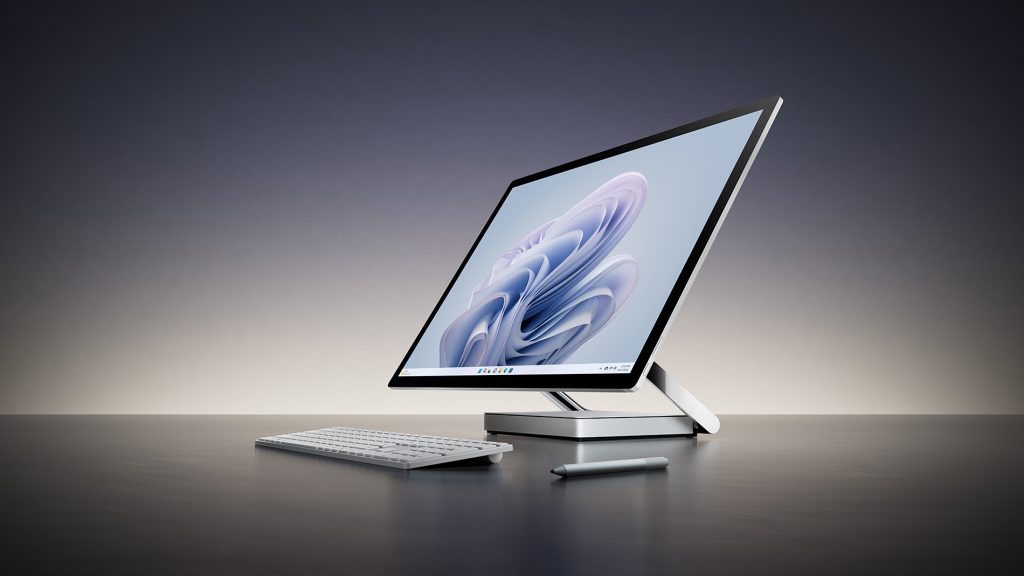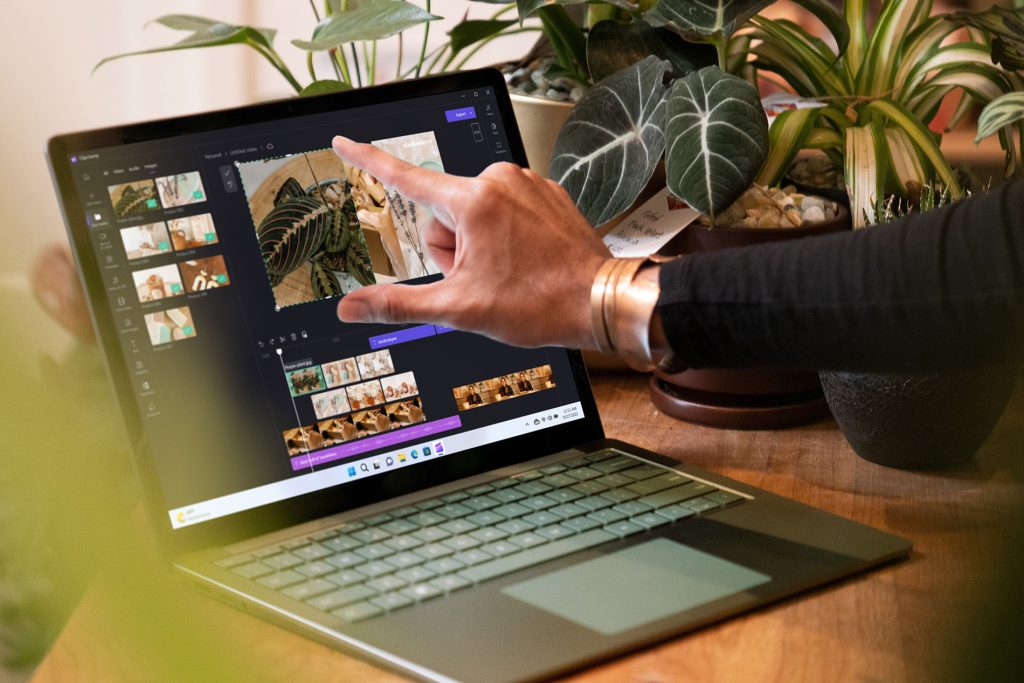 APPS
APPS
 APPS
APPS
 APPS
APPS
Microsoft Corp. today refreshed its Surface line of Windows devices with three new products headlined by the Surface Pro 9, a two-in-one that can be used both as a tablet and as a laptop.
The Surface Pro 9 is joined by the Surface Studio 2+ workstation. Additionally, Microsoft debuted a new laptop based on Intel Corp.’s latest 10-nanometer Alder Lake processor series.

The Surface Pro 9, Microsoft’s latest two-in-one Windows device, is available in two editions. The first can be configured with a Core i5 or Core i7 central processing unit from Intel’s Alder Lake processor series. The other edition of the Surface Pro 9 features the SQ3, a custom chip based on Arm Ltd. semiconductor designs.
The SQ3 chip includes 5G support and a neural processing unit that can speed up applications with artificial intelligence features. The chip is believed to be based on the Snapdragon 8cx Gen 3, a processor developed by Qualcomm Inc. for the laptop market. Besides a neural processing unit, the Snapdragon 8cx Gen 3 also includes an eight-core CPU and a graphics processing unit described as 60% faster than Qualcomm’s previous-generation silicon.
Both the Alder Lake and SQ3 editions of the Surface Pro 9 feature a 13-inch display with a resolution of 2,880 pixels by 1,920 pixels. Microsoft built the Surface Pro 9’s display and processor into a case that offers more color options than the company’s previous two-in-one Surface device. The Surface Pro 9’s detachable keyboard, meanwhile, is available with a new laser-etched design.
By default, the Surface Pro 9 is configured with 8 gigabytes of RAM and 128 gigabytes of storage. Users who have more advanced requirements can purchase the Intel edition of the device with 32 gigabytes of RAM and one terabyte of storage. The SQ3 edition, in turn, provides up to 16 gigabytes of RAM and a 512-gigabyte storage drive.

The latest iteration of Microsoft’s one-all-in Windows personal computer is the Surface Studio 2+, which made its debut today alongside the Surface Pro 9.
The machine features a 28-inch display with a resolution of 4,500 pixels by 3,000 pixels. It’s powered by a high-end Core i7-11370H chip from Intel’s Rocket Lake processor series. According to Microsoft, the chip provides 50% more performance than the CPU in its previous all-in-one Surface desktop.
The Rocket Lake processor series is produced using less advanced manufacturing technology than the Alder Lake chips available with the Surface Pro 9. But whereas the Surface Pro 9 relies on its processor’s integrated GPU, the Surface Studio 2+ includes a more advanced standalone graphics card. Microsoft says that the graphics card, Nvidia Corp.’s RTX 3060, is twice as fast as the GPU in its previous all-in-one Surface computer.

The third new addition to the Surface product series, the Surface Pro 5 Laptop, is available with either a 13.5-inch or a 15-inch display. The two editions of the laptop offer resolutions of 2,256 pixels by pixels 1,504 and 2,496 pixels by 1,664 pixels, respectively. Both editions are based on Intel’s Alder Lake processor series.
Microsoft stated that the 13.5-inch Surface Pro 5 will be capable of operating for up to 18 hours per charge. The 15-inch edition, in turn, is expected to provide a 17-hour battery life.
Microsoft will offer a variety of customization options to customers. According to the company, the Surface Pro 5 Laptop can be equipped with one of several Core i5 or Core i7 chips from Intel’s Alder Lake processors series. Customers may configure the laptop with between 8 gigabytes and 32 gigabytes of RAM, as well as up to 1 terabyte of flash storage.
THANK YOU